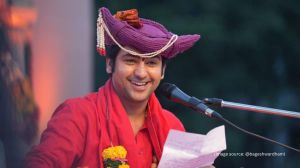Landmark breakthroughburied in Korean stem cell disaster
An analysis of a now-discredited South Korean stem cell line suggests the scientists may have inadvertently created the first human embryonic stem cells derived from human eggs alone, US researchers said on Thursday.

An analysis of a now-discredited South Korean stem cell line suggests the scientists may have inadvertently created the first human embryonic stem cells derived from human eggs alone, US researchers said on Thursday.
South Korean scientist Hwang Woo-suk falsely claimed to have been the first to clone a human embryo using a process called somatic cell nuclear transfer in scientific papers published in 2004 and 2005. That work was discredited and the papers were withdrawn in a scandal that stunned scientists.
But researchers at the Harvard University Stem Cell Institute and Children’s Hospital Boston Stem Cell Program believe the South Korean scientists unwittingly may have made a significant discovery.
“What is so interesting is they did by this by mistake,” said Dr George Daley, whose analysis appears in the journal Cell Stem Cell. “They didn’t really know what they had.”
Using a new genetic sleuthing method derived by Daley and colleagues, he said they have determined that the South Korean cell line was derived from parthenogenesis, a type of asexual reproduction in which an egg develops into an embryo without sperm.
“If they had identified this as a parthenogenetic stem cell it would have been very exciting,” he said in a telephone interview.
Stem cells are master cells of the body, and while they occur throughout all tissues and organs, they are hard to grow. Embryonic stem cells can be made either from days-old embryos left over from fertility clinics or by cloning technology.





- 01
- 02
- 03
- 04
- 05


























